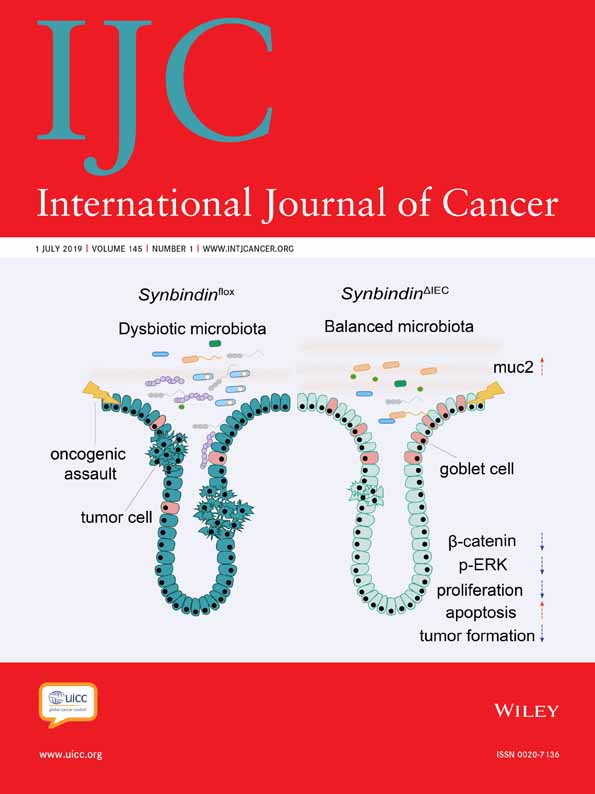Respiratory morbidity in young people surviving cancer: Population-based study of hospital admissions, treatment-related risk factors and subsequent mortality
Abstract
Respiratory diseases are a major cause of late morbidity and mortality amongst childhood cancer survivors. This population-based study investigates respiratory hospital admissions in long-term survivors of cancers diagnosed in young people to identify specific respiratory morbidities, treatment-related risks and their relationship to subsequent morbidity and mortality. Population-based cancer registrations in Yorkshire, England, diagnosed between 1990 and 2011 aged 0–29 years, were linked to inpatient Hospital Episode Statistics (HES) for admissions up to 2017. All 5-year survivors were included in analysis (n = 4235). Admission rates were compared to age- and sex- matched general population rates. Competing risk regression models were used to assess associations between treatment exposures and risk of admission. Risk of death after admission was calculated using Cox regression. By age 40, cumulative incidence for an admission for any type of respiratory condition was 49%. Respiratory admission rates were 1.86 times higher in cancer survivors than in the general population (95% Confidence Interval (CI) 1.73–2.01), and varied by respiratory condition and age at diagnosis. Treatment with chemotherapy with known lung toxicity increased the risk of admission for all respiratory conditions (subdistribution Hazard ratio (sHR) = 1.26, 95%CI 1.03–1.53) and pneumonia (sHR = 1.48, 95%CI 1.01–2.17). Subsequent mortality was highest in those admitted for pneumonia compared to other respiratory conditions (28% and 15% respectively). Survivors of childhood and young adult cancer remain at significantly increased risk of respiratory complications several decades after treatment, emphasising the importance for clinical initiatives for prevention, early detection and treatment.
Abstract
What's new?
While survival among victims of childhood cancer has improved significantly in recent decades, delayed effects of treatment remain major causes of late morbidity and mortality. The authors of the present study analyzed factors related to the development of respiratory conditions in survivors originally diagnosed with cancer between ages 0 and 29. Risk of hospitalization from respiratory disease was significantly higher in cancer survivors compared to the general population. In particular, pulmonary toxic chemotherapy was associated with an increased risk of admissions for all respiratory disease, especially pneumonia. Mortality from respiratory disease was highest among survivors admitted for pneumonia.




